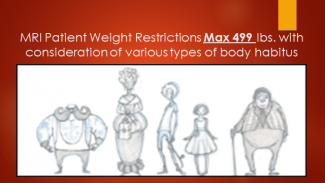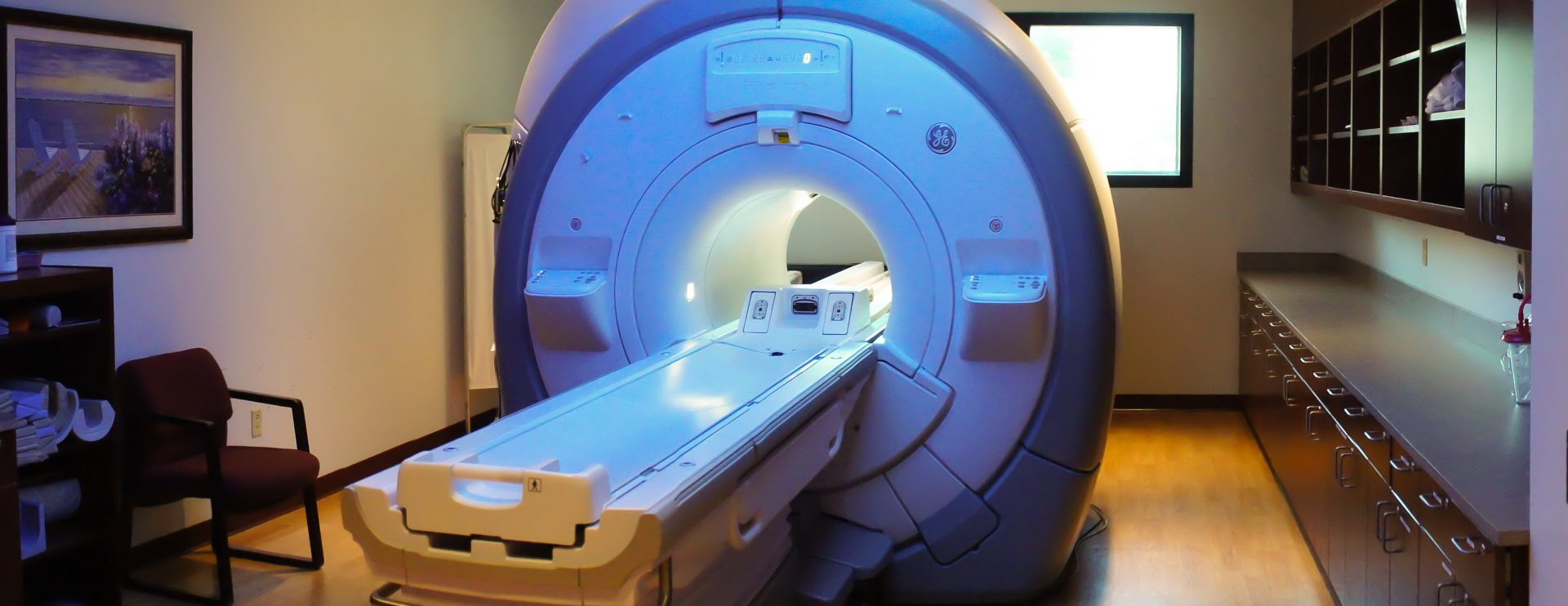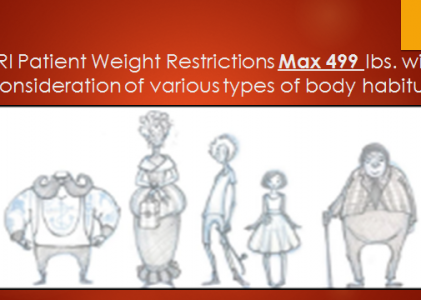 September is National Childhood Obesity Awareness Month, which is a very serious issue affecting one in five children in the United States. Nearly 40% of adults and 18.5% of children in the US are reported to be obese, with even more defined as overweight. The difference is in the body mass index, or BMI, where a BMI between 25 and 30 is considered overweight and anything over 30 is considered obese.
September is National Childhood Obesity Awareness Month, which is a very serious issue affecting one in five children in the United States. Nearly 40% of adults and 18.5% of children in the US are reported to be obese, with even more defined as overweight. The difference is in the body mass index, or BMI, where a BMI between 25 and 30 is considered overweight and anything over 30 is considered obese.
The Centers for Disease Control and Prevention provides the latest Data and Statistics on adult and childhood obesity in the United States, along with an interactive tool to view maps, trends and data for specific locations. Children and adults who are overweight or obese are at a higher risk for serious health problems like heart disease, high blood pressure and type II diabetes. Obesity also puts a strain on joints which can lead to injuries and knee problems beginning at a young age that could last a lifetime.
Let’s Work Together to Prevent Childhood Obesity
Providing a framework for our children to live a happier, healthier life free from serious diseases is one of the greatest gifts we can give to the younger generation. The good news is that childhood obesity can be prevented by teaching our children the benefits of physical activity and maintaining a healthy weight. It’s never too late to get more active and offer nutritious, healthy food choices.
Physical activity is the first step to losing weight and preventing a host of health problems later in life. Exercises should be age appropriate to provide maximum benefit and avoid injury. Physical activity should be enjoyable and fun for children to learn how to enjoy exercising throughout their lifetime.
Recommended Physical Activity for Children and Adolescents
The Division of Nutrition, Physical Activity and Obesity offers a host of information and resources on nutrition, physical activity and maintaining a healthy weight for infants, toddlers, children, teens and adults. Preschool aged children from 3 to 5 years old should be physically active throughout the day to enhance development and growth. Caregivers of preschool children should encourage a variety of activity and opportunities for exercise.
It is critical to provide opportunities for children and adolescents ages 6 to 17 years old to participate in age-appropriate physical activity. Children should participate in 60 minutes per day of moderate to vigorous physical activity which includes aerobic, muscle and bone strengthening exercises. The majority of daily exercise should consist of aerobic activity such as brisk walking, swimming or running.
Adolescence is the age where some children start to participate in school sports which includes age appropriate and sport related activity. If your child does not participate in school or structured sporting events, be sure to provide a variety of aerobic, muscle and bone strengthening exercise opportunities.
Muscle strengthening activities should be included at least three days a week and include weight training and exercises such as in gymnastics or doing push-ups. Bone strengthening exercises should also be included three times per week and include activities such as jumping rope.
Recommended Physical Activity for Adults
For maximum health benefits, adults should have at least 2 ½ hours to 5 hours per week of moderate intensity exercise, or 75 minutes to 2 ½ hours per week of vigorous intensity aerobic activity per week. An equivalent combination of moderate to vigorous intensity of aerobic activity should be spread throughout the week. Muscle strengthening activities that involve all major muscle groups should be included at least two days per week for additional health benefits.
Physical activity is proven to reduce the risk of serious chronic diseases and helps people of all ages to feel and function better with improved sleep patterns. Regular exercise fosters normal development and growth in children, with many health benefits beginning immediately after activity.
Adults should sit less, move more and encourage healthy practices for children by limiting screen time, providing exercise opportunities and offering healthy meals year-round.
Healthy, Nutritious Food Choices
Small changes to your diet can provide big rewards to health, wellness and longevity. Include a variety of proteins, fruits and vegetables with every meal and strive to make half of your plate full with fruits and vegetables. Choose food products with whole grains instead of refined grains such as whole-wheat bread instead of white bread and choose leaner cuts of meat when possible.
Ditch sugary drinks for water and add lemon, lime or watermelon for added flavor. Most Americans do not drink enough water daily, which the body needs to stay hydrated and replenish cells. We can help our children to live a long, healthy life by encouraging age-appropriate exercise and providing well-balanced, nutritious meals.
MR Imaging for All Body Types and Habitus
Your friends at Greater Waterbury Imaging Center encourage you to stay active and eat healthy meals for yourself and your loved ones. We recognize that there are many different body types and habitus, which is why we offer MR imaging scanners to accommodate people up to 350 and 450 pounds.
GWIC encourages you to spread the word to help combat childhood obesity in the United States. Physical activity is important to improve health and prevent disease for people of all ages. Remember to contact us for all your MR Imaging needs, we are committed to transforming lives through remarkable service.


